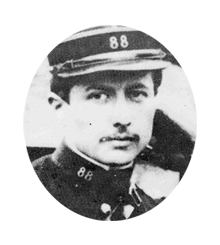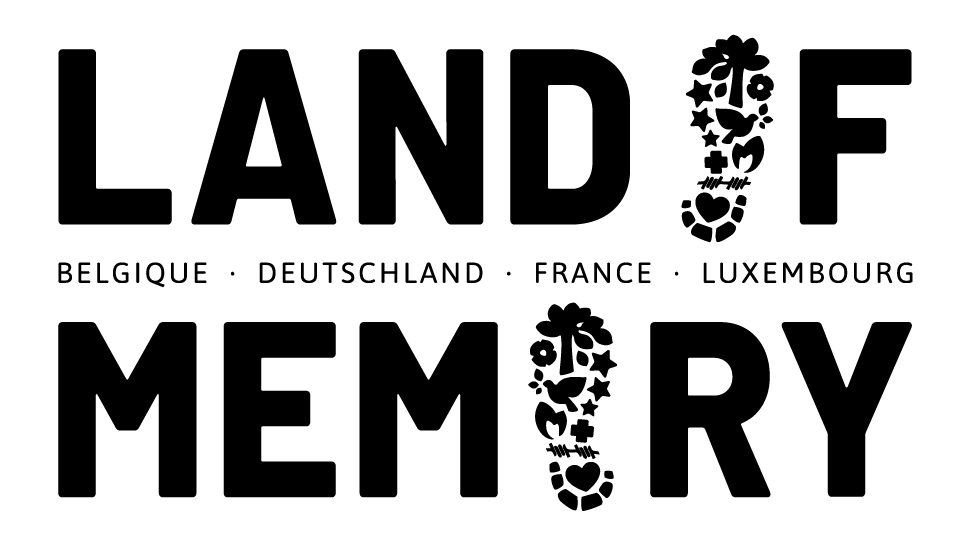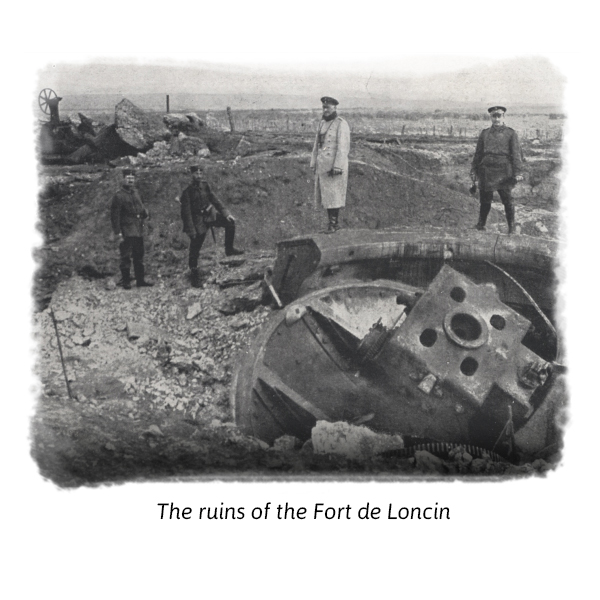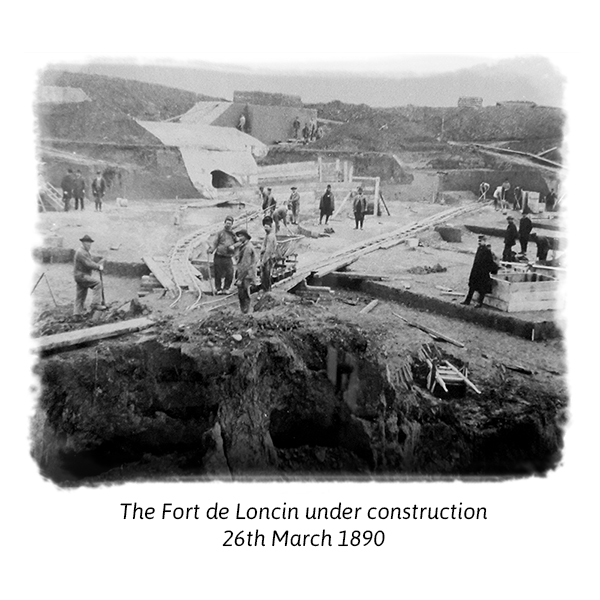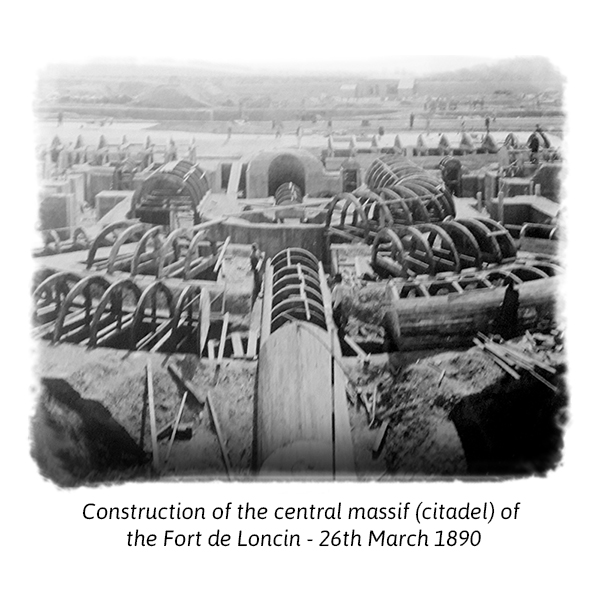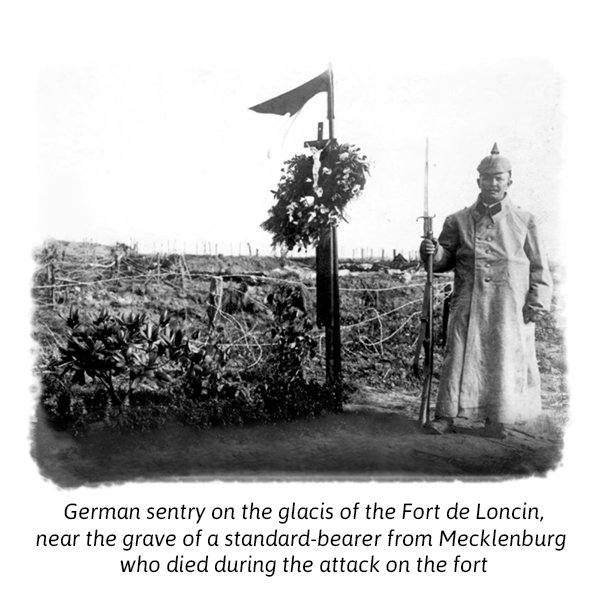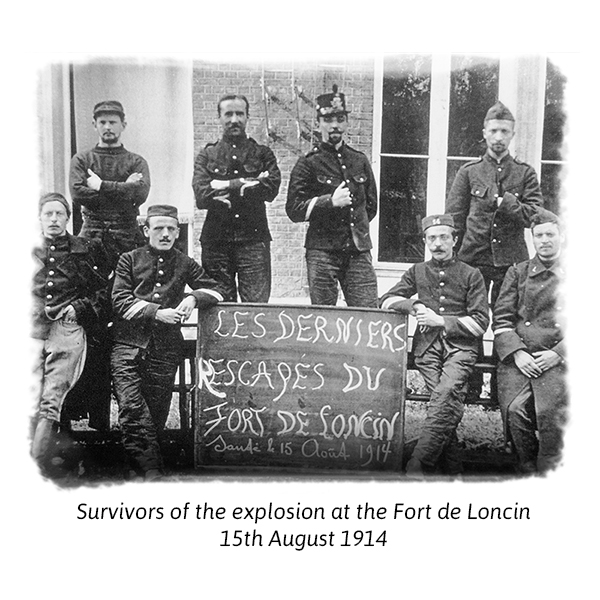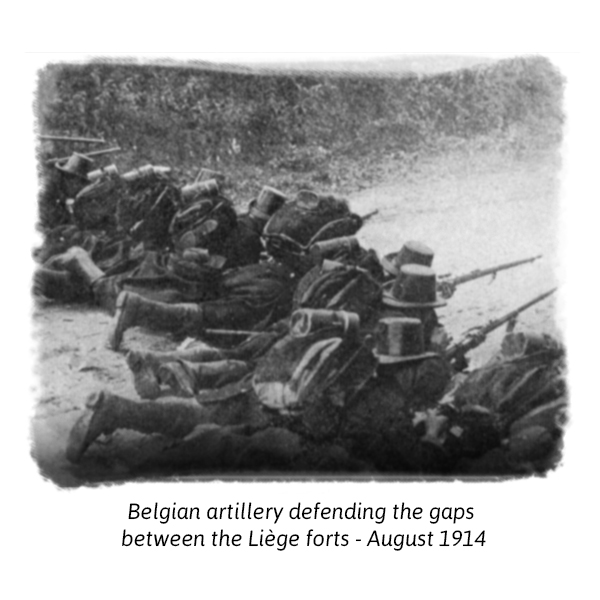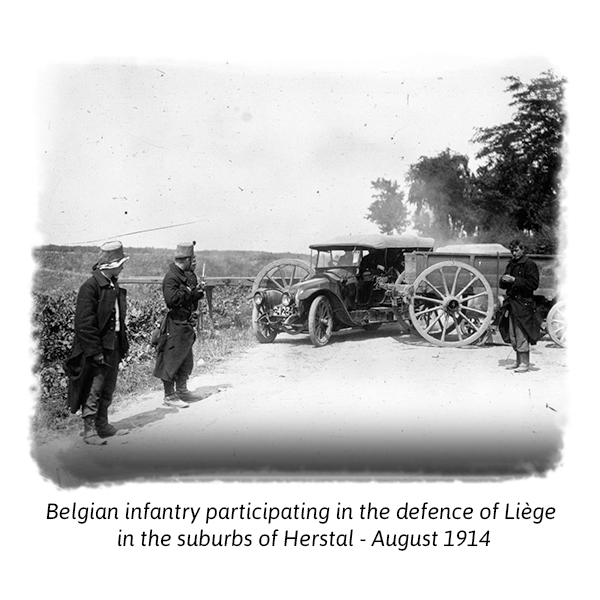Chapter 1

Lara Schäfer
Professor of cinema
In 1914, Europe is the dominant global force.
Fevered spirit of nationalism, imperial ambitions, thirst for revenge…
Rivalries between the great powers of the European continent seemingly guaranteed an outbreak of war.
The assassination of Franz-Ferdinand, Archduke of Austria and heir to the throne of Austria-Hungary, on June 28th by a Serbian student nationalist sparked things off. In the space of a few weeks, the complex system of alliances resulted in multiple, successive declarations of war. One by one, the countries of the ‘Triple Alliance’ (Germany, Austria-Hungary and Italy) drew up in opposition to the countries of the Triple Entente (France, Russia and the United Kingdom) and their allies (Serbia and Montenegro).
August 4th, 1914, in order to circumvent French defensive lines, German troops invaded Belgium, thus violating the neutrality of the Kingdom, which had hoped to escape the impending explosion of violence.
The forward positions around Liège were the first to be hit, its forts receiving a deluge of artillery fire. A wave of shelling hit the Outremeuse district of Liège with many civilians being killed in the town center. To the invaders’ surprise, the Belgian forces held out courageously from the so-called Fortified Position of Liège (F.P.L.). Their stubbornness touched public opinion abroad and slowed down the progress of the German army, giving the French more time to prepare. However, under the rain of enemy artillery fire, the forts fell, one after the other.
The Great War had begun.
I went to see the tomb of the author of the book, Alain Fournier. He too died here, and he too was found a long time after. In 1991!
Alain Fournier
1886 – 1914
